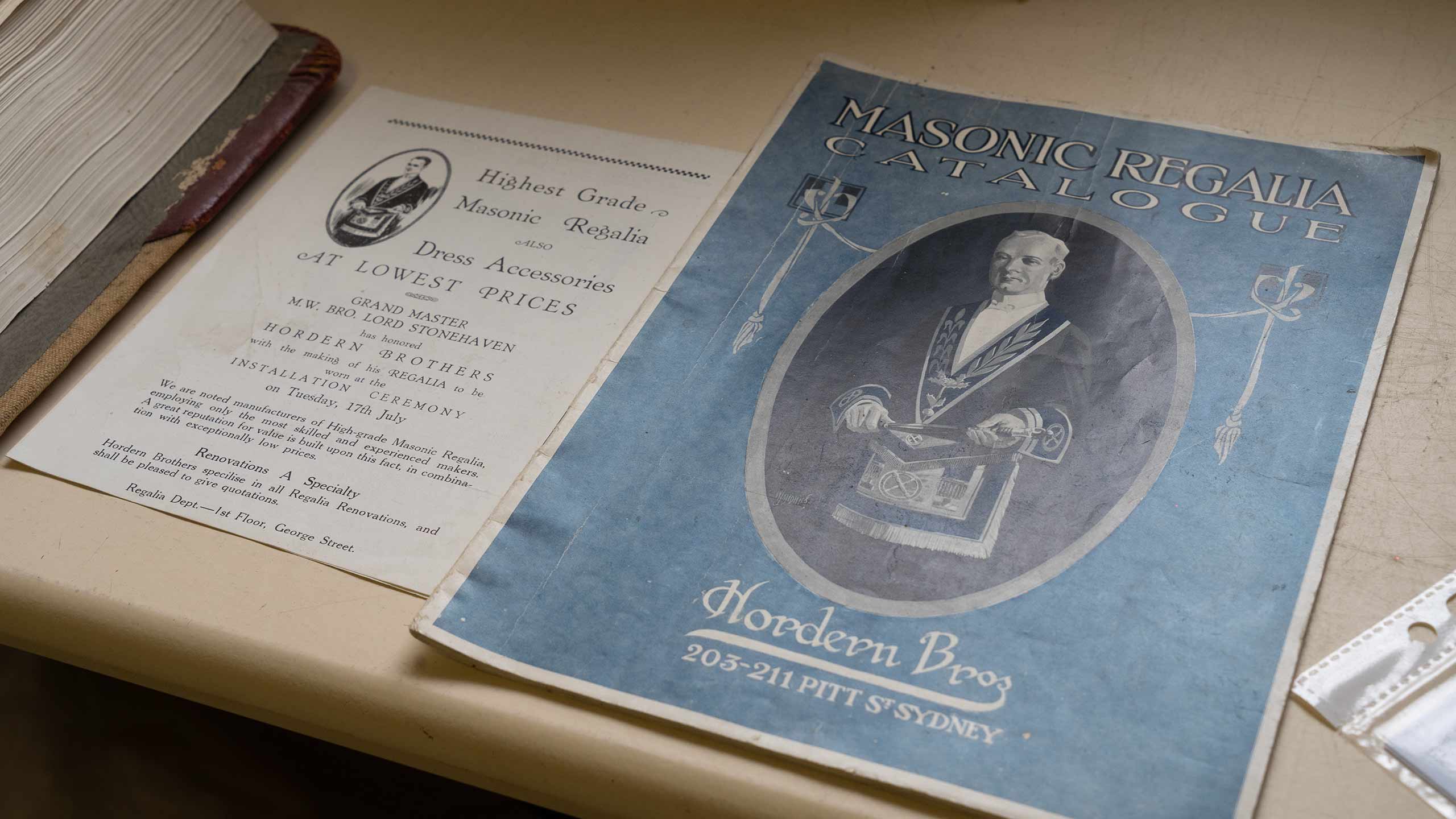A Brief History of the Illuminati – From Bavaria to Pop Culture

A Brief History of the Illuminati – From Bavaria to Pop Culture
A Brief History of the Illuminati: From Bavaria to Pop Culture
The word “Illuminati” often conjures up images of shadowy elites controlling the world, hidden messages in pop songs, and secret hand gestures on award shows. But where did these ideas originate—and was the Illuminati ever real?
Let’s take a look at the real history of the Illuminati, how it began as an Enlightenment movement in Bavaria, and how it evolved into one of the most enduring conspiracy theories of all time.
?️ The Birth of the Bavarian Illuminati (1776)
The Illuminati was founded on May 1, 1776, in Ingolstadt, Bavaria, by Adam Weishaupt, a law professor who wanted to promote reason, science, and secular thinking. At the time, Bavaria was heavily influenced by the Catholic Church, and Weishaupt believed that society could progress only if free thought and rationalism were allowed to flourish.
Originally called the Order of the Perfectibilists, the group soon became known as the Illuminati, meaning “the enlightened ones.” Their structure mirrored that of the Freemasons, using pseudonyms, secret codes, and strict initiation rituals.
? Rapid Growth and Sudden Suppression
At its peak, the Illuminati reportedly had over 2,000 members, including intellectuals, judges, writers, and even nobility. They sought to influence politics and challenge religious authority—not through violent revolution, but through the spread of Enlightenment ideas.
But in 1785, Bavarian authorities cracked down on secret societies. The Illuminati was banned, their writings were confiscated, and the order was officially disbanded. Or so it seemed...
? The Rise of the Conspiracy
Even after its collapse, the idea of the Illuminati refused to die. In the centuries that followed, authors, political commentators, and religious leaders blamed the group for everything from the French Revolution to the decline of moral values.
By the 20th century, the Illuminati had become the ultimate symbol of a “shadow government”—a secret elite pulling the strings behind global events. This narrative became deeply intertwined with the concept of the New World Order, where a small, unseen group is believed to be working toward global domination.
? Illuminati in Pop Culture
In the digital age, the Illuminati has morphed into a kind of cultural meme, appearing in movies, music, memes, and more.
Some of the most common Illuminati symbols allegedly hidden in pop culture include:
The ? pyramid and the ? all-seeing eye
? Serpent imagery or the ouroboros
? Celebrities making triangle or “one-eye” hand signs
Artists like Jay-Z, Beyoncé, Kanye West, and Rihanna are frequently accused of being part of the Illuminati, largely due to symbolism in their music videos and performances.
But is this a clever branding tactic? Coincidence? Or something more?
? Why Do We Still Believe?
The continued fascination with the Illuminati stems from our human desire to find patterns, meaning, and a sense of control in an often chaotic world. Conspiracy theories thrive in moments of social unrest, and the Illuminati myth offers a convenient scapegoat for global problems.
Whether you believe the Illuminati is real or not, its story reflects a deeper truth: people often fear power they can’t see or understand.
? Final Thoughts
The original Bavarian Illuminati was a small Enlightenment-era group aiming to reform society through reason. It lasted less than a decade. But its name lives on as a symbol of hidden power and conspiracy.
From real history to modern legend, the Illuminati reminds us how ideas—especially secretive ones—can take on a life of their own.
? Related Articles:
? Join the Conversation
Have you seen alleged Illuminati signs in music or film? Do you think there's truth behind the myth? Share your thoughts in the comments below!


